Share the Science: Dr. Omar Aljitawi, Strategies to Improve Cord Blood Transplant Outcomes6/29/2017
Share the Science: Dr. Omar Aljitawi, Strategies to Improve Cord Blood Transplant Outcomes Save the Cord Foundation and Mediware, Inc. are proud to announce the next edition in our Share the Science series. On July 19th, 2017, Save the Cord Foundation and Mediware, Inc. welcomed Dr. Omar Aljitawi, MBBS to speak about his research on our popular “Share the Science” series. Dr. Aljitawi presented “Promising Strategies to Improve Umbilical Cord Blood Transplants.” Register now to view the recording of this free webinar. As an associate professor of hematology/oncology for the University of Rochester Medical Center in Rochester, New York, Dr. Aljitawi will discuss discuss the status of the field of umbilical cord blood (UCB) transplant, including advantages, current indications, and major challenges. In particular, Dr. Aljitawi will discuss the newly discovered role of erythropoietin in cord blood stem cell function during transplant. He will address currently investigated approaches to target erythropoietin as a way to improve cord blood transplant outcomes. Dr. Aljitawi specializes in studying human hematopoietic stem cells and their interaction with their microenvironment. In recent years, Dr. Aljitawi and his team have been investigating EPO signaling through EPO receptor (EPOR) effects on UCB CD34+ cell homing and engraftment. They recently discovered that exposure to erythropoietin impairs UCB CD34+ cell homing to the bone marrow. Building on this discovery, he and his team investigated the use of hyperbaric oxygen (HBO) as a modality to lower systemic EPO with the aim of improving UCB CD34+ cell homing and engraftment. In this edition of Share the Science, participants will learn about:
Dr. Omar Aljitawi, MBBS from the University of Rochester Medical Center in New York “Promising Strategies to Improve Umbilical Cord Blood Transplants” Wednesday, 19 July 2017 at 1:30PM – 2:30PM Central Time Free to register. Open to the public. RECORDING NOW AVAILABLE We wish to than Dr. Aljitawi for sharing his insight with our community
at Save the Cord Foundation. We also wish to thank the team at Mediware, Inc. for their continued support in making this program possible. Update on Autism Clinical Trials: Interview with Dr. Michael Chez Save the Cord Foundation recently interviewed Dr. Michael Chez (Sutter Health / Sutter Neurological Institute) about the encouraging results coming out of his autism clinical trials using cord blood. In addition, Dr. Chez spoke about the exciting work in this area also being done at Duke University by Dr. Joanne Kurtzberg and Geraldine Dawson, PhD. Autism is a complicated developmental disability that affects as many as 1 in 68 children in the United States alone, according to the Centers for Disease Control and Prevention (source: CDC.gov). Imagine how many lives could be changed, if we could find a cure or treatment for autism. Many researchers feel that using a child’s own autologous cord blood could be the key to unlocking this mystery via the emerging field of regenerative medicine. In this interview, Dr. Chez details the background and results of his clinical trials studying cord blood’s effect on autism. This particular study is significant because it included a placebo which is not always the case in cord blood research. Specifically, this was a double-blind placebo crossover study meaning that ultimately all participants received their cord blood. Tip for Parents It is interesting to note that in this particular study and many like it, participants received their own cord blood via private banking. Several private cord blood banks around the world lead (or participate in) on-going research using cord blood. In some cases, parents who store their cord blood privately may be asked by their bank if they would like to participate in a clinical trial (covering a variety of topics). For some parents having this option is important because they anticipate health issues for their baby based on family history or an issue identified during pregnancy. However, not all cord blood banks participate in this type of research. If this is important to you, do your research on the bank you are considering and make sure that they follow the highest standards in terms of storage criteria and processing. Watch the video now and learn about the latest research using cord blood to potentially treat autism: Save the Cord Foundation wishes to thank Dr. Michael Chez for sharing his valuable insight on autism clinical trials using cord blood. Test your knowledge on cord blood!
Cord Blood Experts Discuss Educational Approaches for Parents, Health Professionals & Students6/8/2017
Cord Blood Experts Discuss Educational Approaches for Parents, Health Professionals & Students
A great emphasis was placed on interacting with the expert presenters via lively roundtables and open panel discussions. Save the Cord Foundation was invited to host a roundtable discussion called “Educational Approaches.” We worked with attendees on new educational approaches addressing a variety of audiences, namely health professionals, expectant parents and our next generation of STEM professionals. Several of the participants in this roundtable discussion agreed to share their thoughts with the Save the Cord Foundation community. Below is a quick summary based on some of the most talked about presentations: One of the most exciting presentations was made by Dr. Colleen Delaney of Nohla Therapeutics and Fred Hutchinson Cancer Research Center. Dr. Delaney presented “Ex-vivo Expanded Hematopoietic Stem/Progenitor Cell Therapies: The Road from a Patient Specific to Universal Donor Approach.” Participants in our roundtable commented that there were several key points made in this presentation that health professionals and parents needed to know about, for example: After hearing Dr. Delaney’s presentation, I feel parents and health professionals need to realize why cord blood expansion techniques and the concept of the ‘universal donor’ which Dr. Delaney is exploring are so necessary. In particular, compared to patients of Caucasian descent, if a patient of mixed ethnicity is trying to find a match today the odds go down drastically. It is important for parents to know why this cord blood expansion technology led by Dr. Delaney is important and that happily it is perhaps just a few years away from being market ready. That potential is very encouraging. Another interesting presentation was made by Chiranya (Anjie) Prachaseri of Cryoviva in South East Asia, called “Perinatal Stem Cell Banking- Uses and Future Opportunities – A South East Asian Perspective.” This presentation emphasized the on-going problem with press and media coverage of cord blood which can often mislead parents and doctors. Prachaseri also discussed the fact that many parents do not know about the various accreditation groups who play a very important role in the industry. Although the presentation focused mainly on South East Asia, Dr. Mareike Uhlmann from Stemlab, who participated in our roundtable, agreed it is crucial. . . to ensure that the bank you want to use for storage is properly accredited and certified to guarantee that the parent’s hopes won’t be shattered in case a treatment is needed. Andre Gomes, also from Stemlab, stated how important it is to address the misinformation that is being given to our youth – the next generation of scientists, doctors, policy makers, etc. He applauded Prachaseri’s efforts of speaking to university students about cord blood and stem cell applications. This has to be explained. More information must be given to young people otherwise we will always be fighting misinformation and confusing press. We need to move from the idea that ‘stem cells are bad’ to a discussion about the good and bad reasons for stem cell storage. Finally, another presentation that prompted interesting discussion was made by Joana Correia of Exogenus Therapeutics. Correia presented “Umbilical Cord Blood Supply for the Development of Exo-Wound, an Exosome-based Product for Chronic Wounds.” Based on this presentation, roundtable participants saw opportunity for future STEM professionals who want to explore cellular expansion, delivery mechanisms, exosome extraction or even the shifts between translational and clinical applications. While these opportunities cannot be denied, several roundtable participants expressed caution reminding the group that cord blood stem cells are truly precious and should be used wisely. Our collective responsibility, as scientists and educators, is to ensure that parents understand the true value of their newborn’s stem cells.
|
AuthorWrite something about yourself. No need to be fancy, just an overview. Archives
December 2023
Categories |

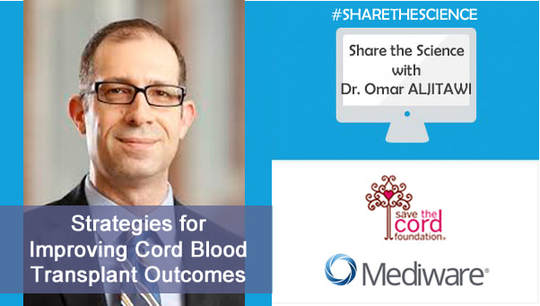
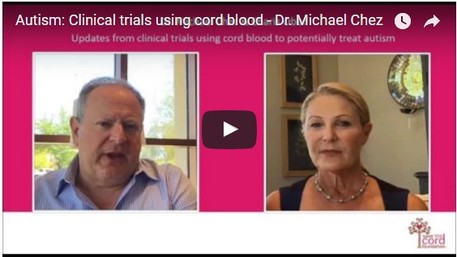
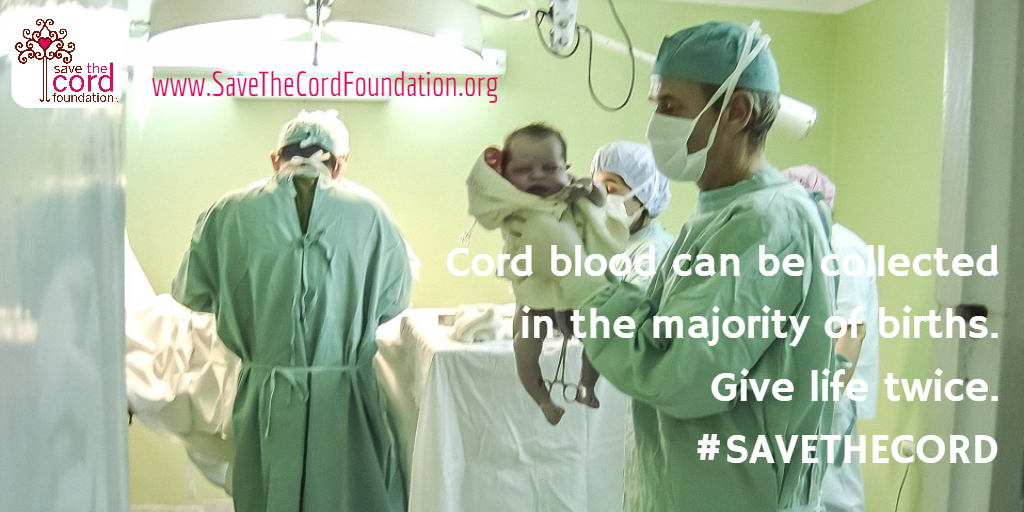
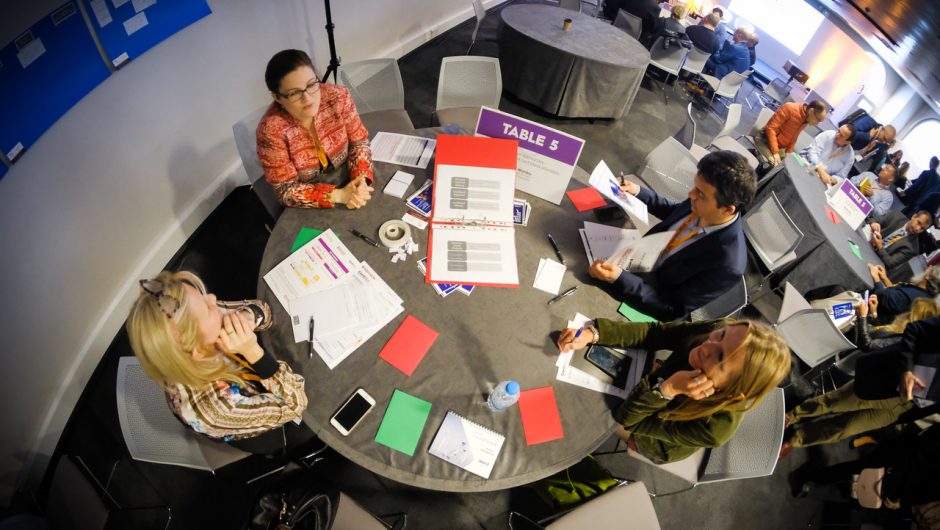
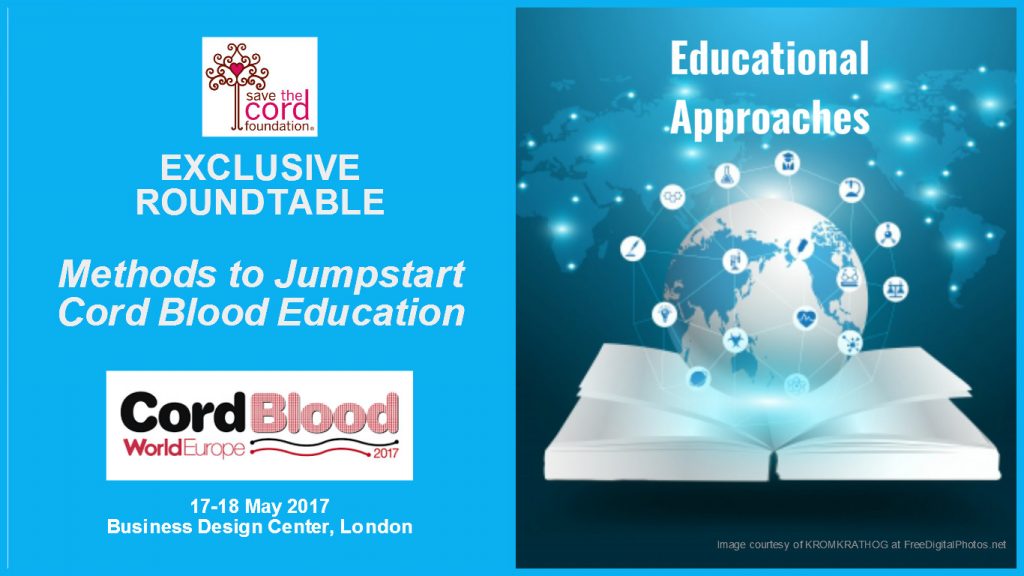
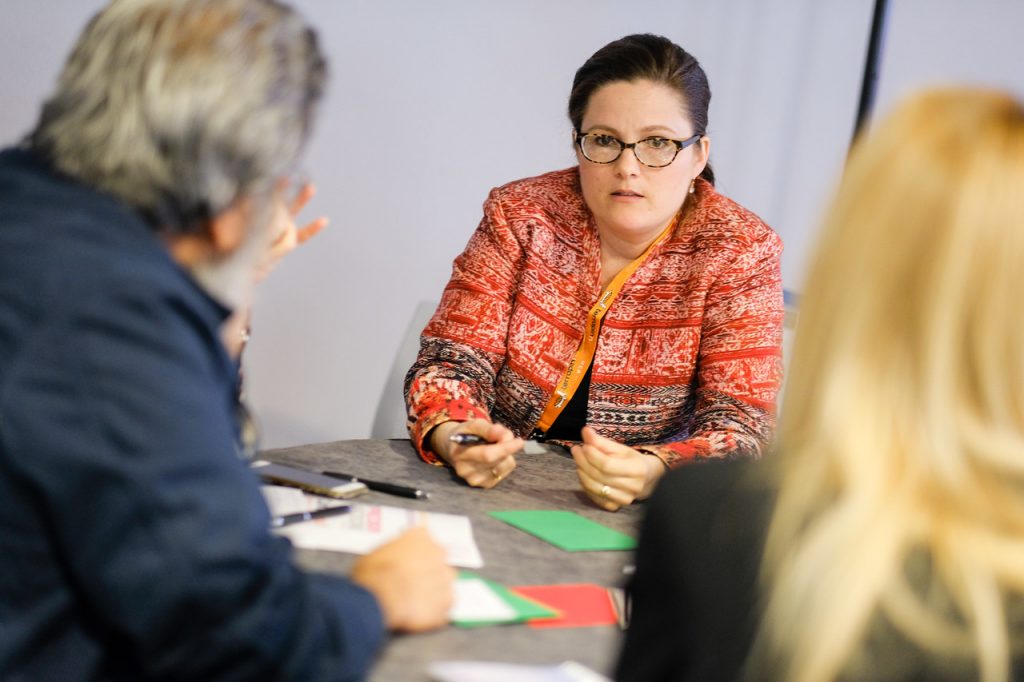
 RSS Feed
RSS Feed


